home | anatomy | physiology | pathology | clinical guides
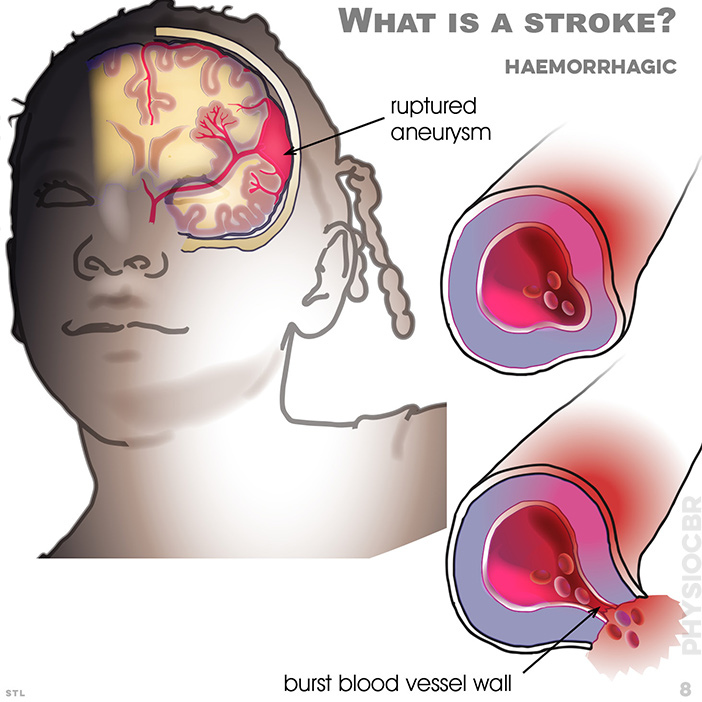
8. A stroke is when the blood supply to a part of the brain is cut off. In a haemorrhagic stroke this is caused by a ruptured aneurysm where the blood vessel wall bursts. ruptured aneurysm, burst blood vessel wall
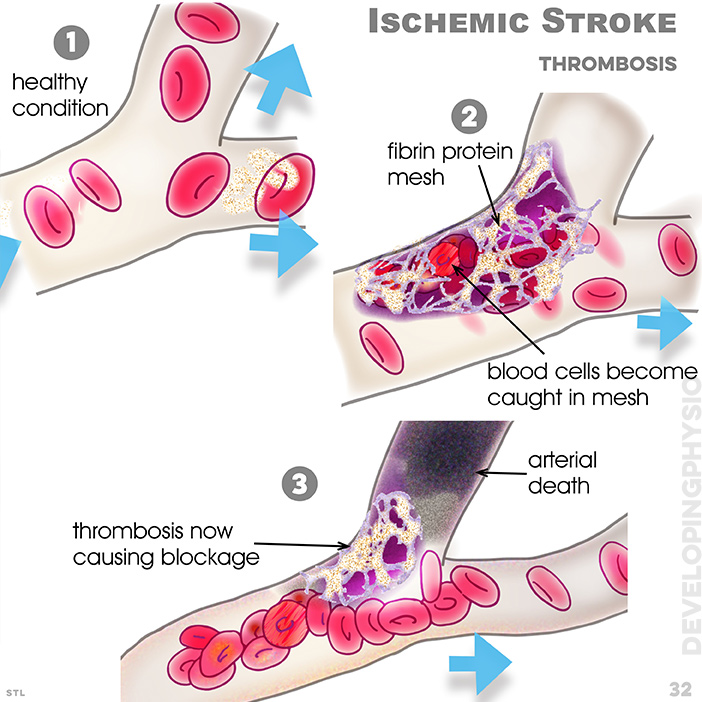
32. Ischemic stroke. blood cells may become enmeshed in fibrin proteins and cause blockage or thrombosis within the artery; healthy condition; fibrin protein mesh, blood cells become caught in mesh; arterial death, thrombosis now causing blockage
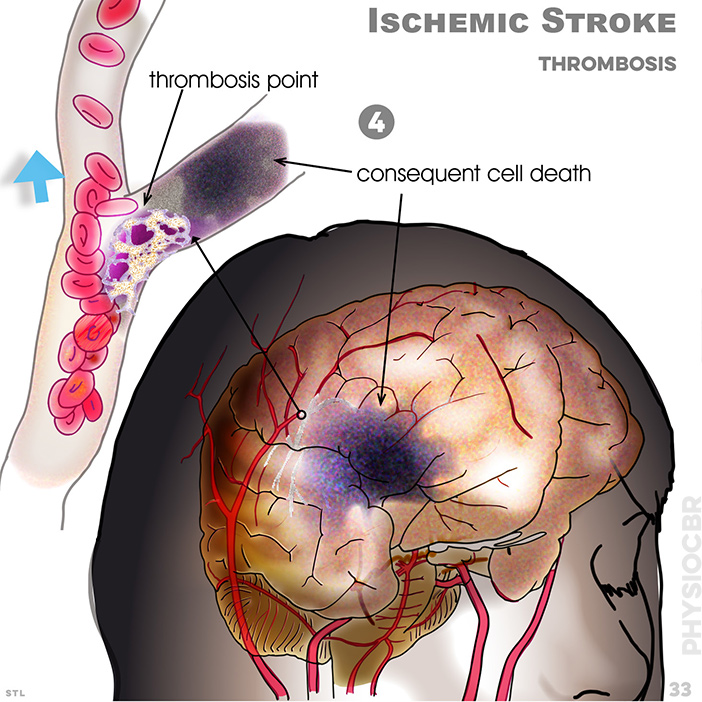
33. Ischemic stroke. If the thrombosis prevents blood from flowing the death of related brain cells will follow, causing a stroke; thrombosis point, consequent cell death
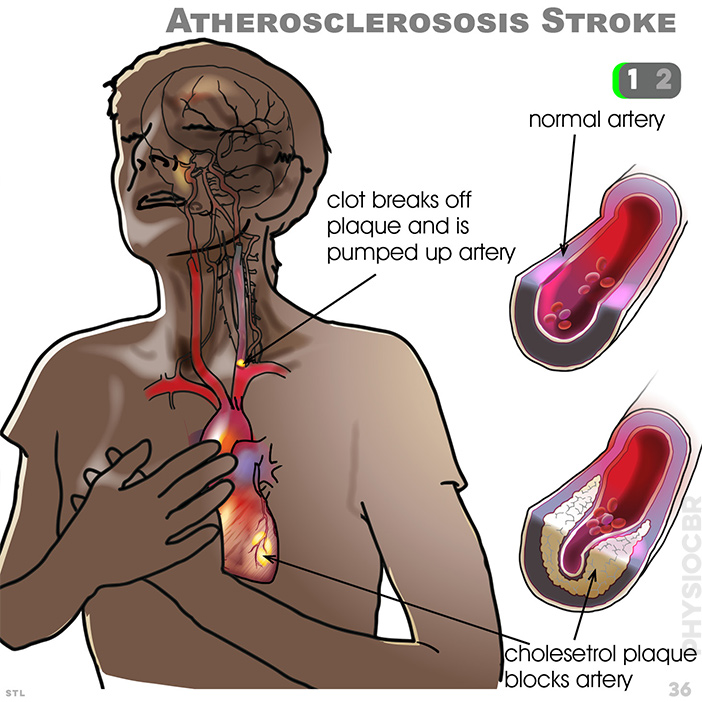
36. Haemorrhagic stroke (atherosclerosis). A loose clot may be pumped up toward the brain and lodge in a smaller artery, causing a stroke; clot breaks off plaque and is pumped up artery; cholesterol plaque blocks artery
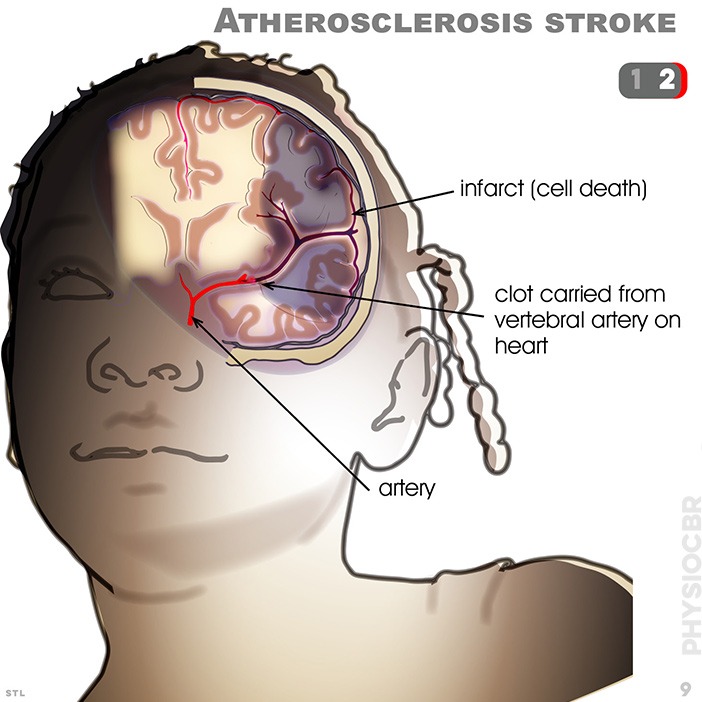
9. Ischemic stroke is caused by an infarct (cell death) through the passage of a clot, carried from a vertebral artery, becoming blocked in plaque; infarct (cell death), clot carried from vertebral artery on heart, artery
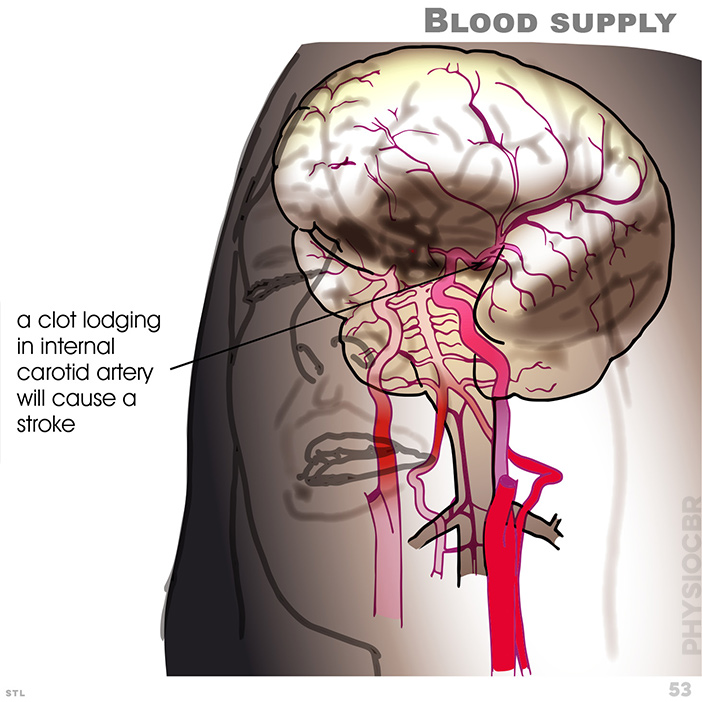
53. Blood supply: a clot lodging in internal carotid artery will cause a stroke
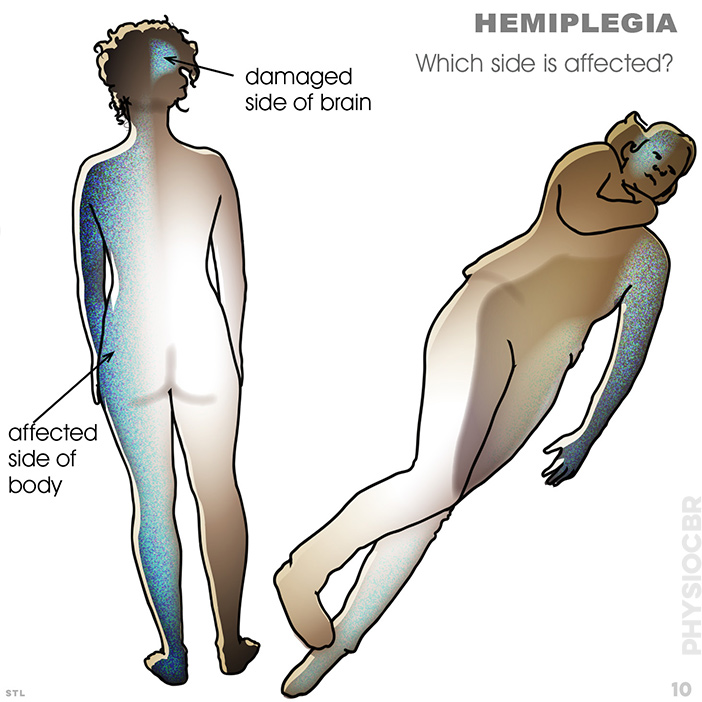
10. Hemiplegia: Which side is affected? damage on one side of the brain causes paralysis to the other side of the body; damaged side of brain; affected side of body
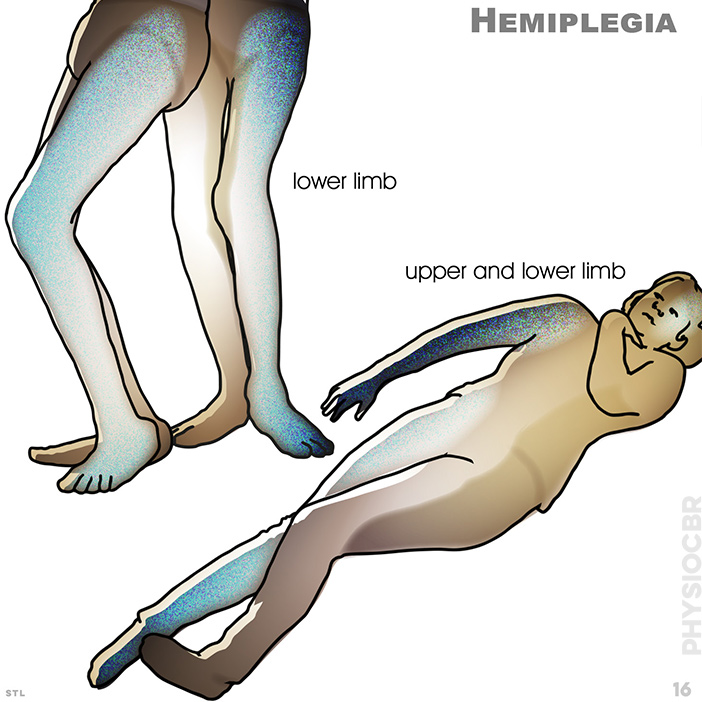
16. Hemiplegia: affecting one side and maybe upper and/or lower limb; lower limb; upper and lower limb
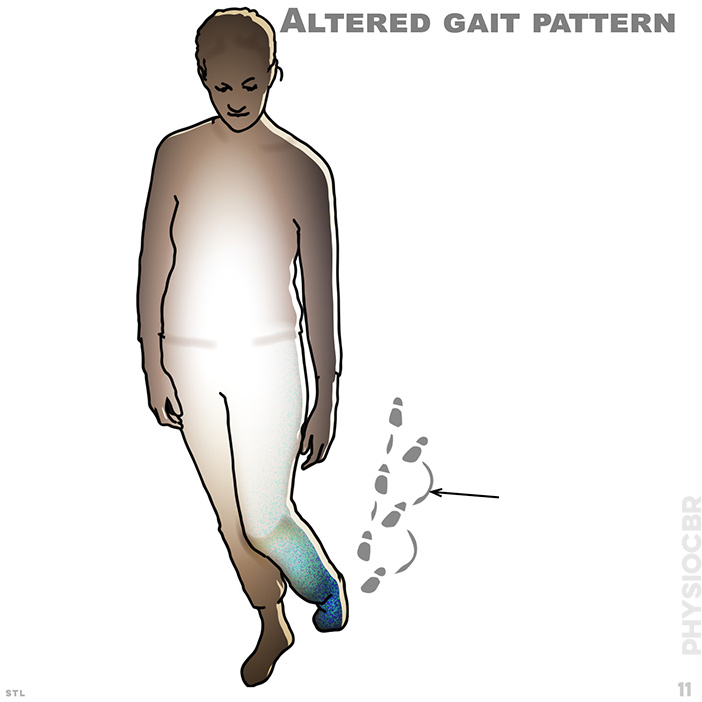
11. Altered gait pattern: looping and dragging motiond
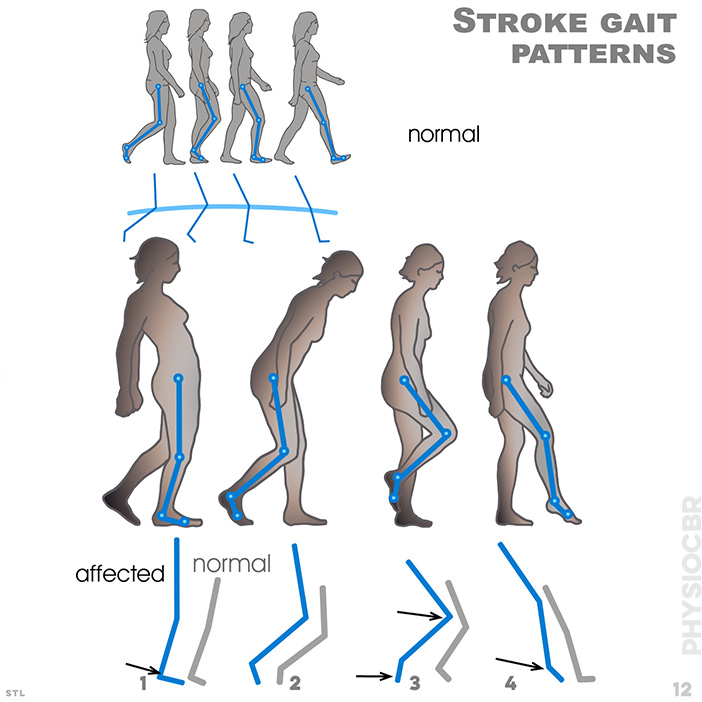
12. Stroke gait patterns: upper body compensates for poor weight balance for 1 and 2 while poor tone results in ‘high-stepping’ gait for 3 and 4 knee joint over-compensates for poor tone at ankle joint. poor tone at ankle joint means no support for body weight
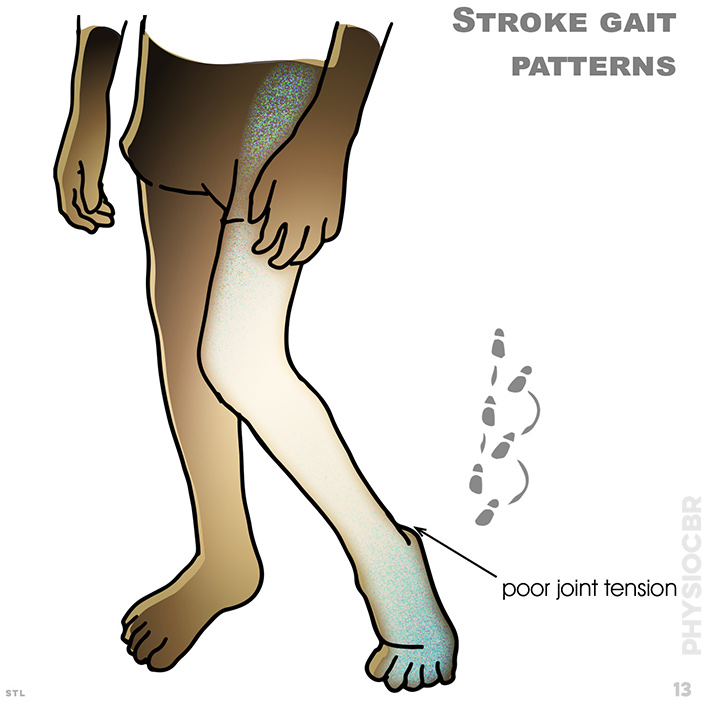
13. Stroke gait patterns : high stepping with poor joint tension
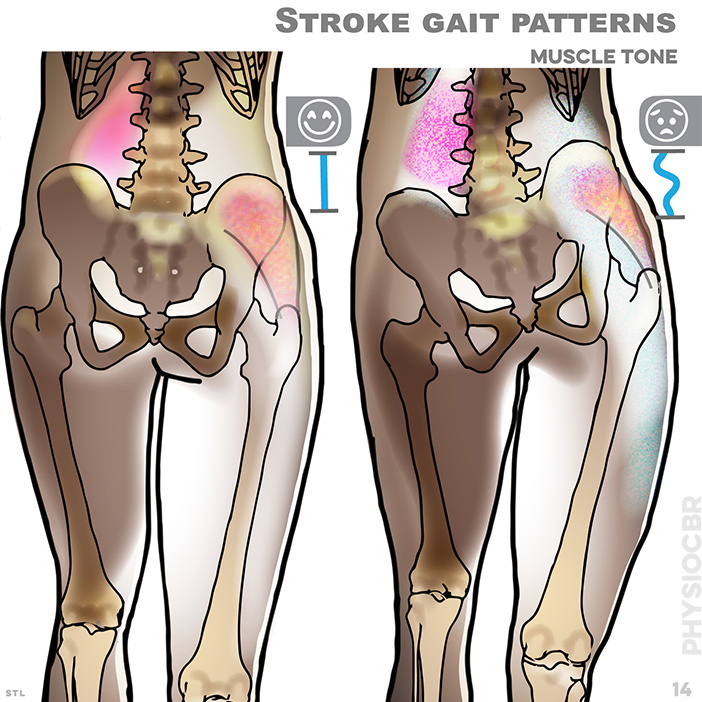
14. Stroke gait patterns with good and poor muscle tone (Trendelenburg gait)
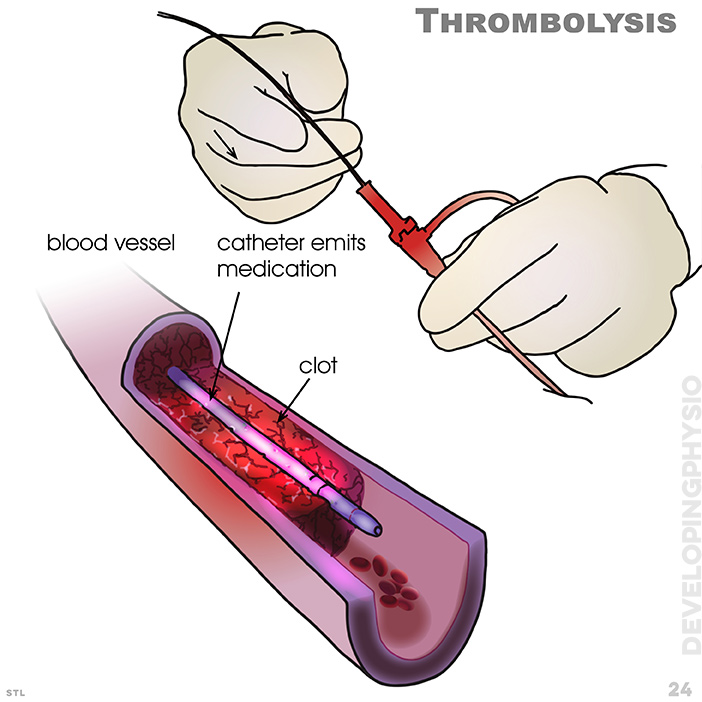
24. Shoulder subluxation (dislocation of glenohumeral joint) may occur in the flaccid arm after a stroke, when the upper arm bone drops out of the shoulder socket. Significant impairment in the affected arm can be seen between 30 to 70% of individuals suffering from stroke.
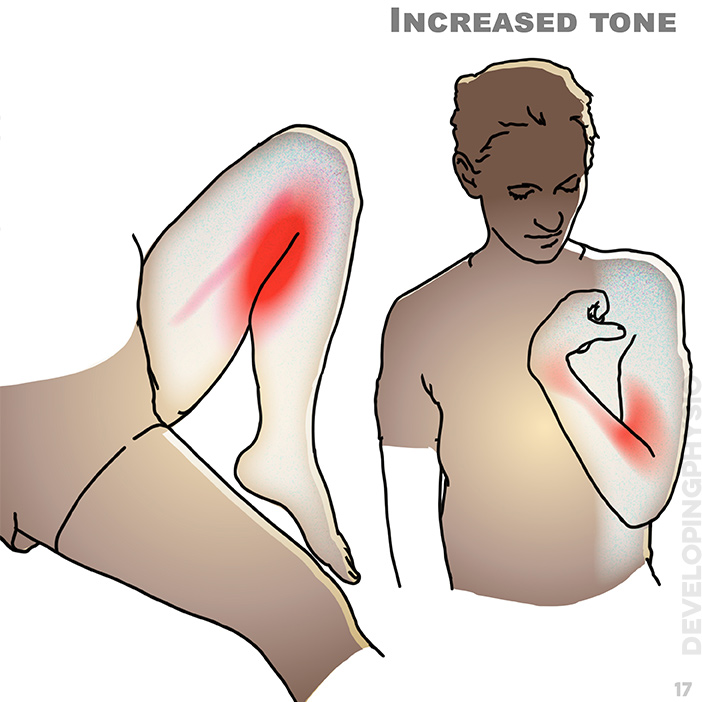
17. Tightened muscles, or increased tone
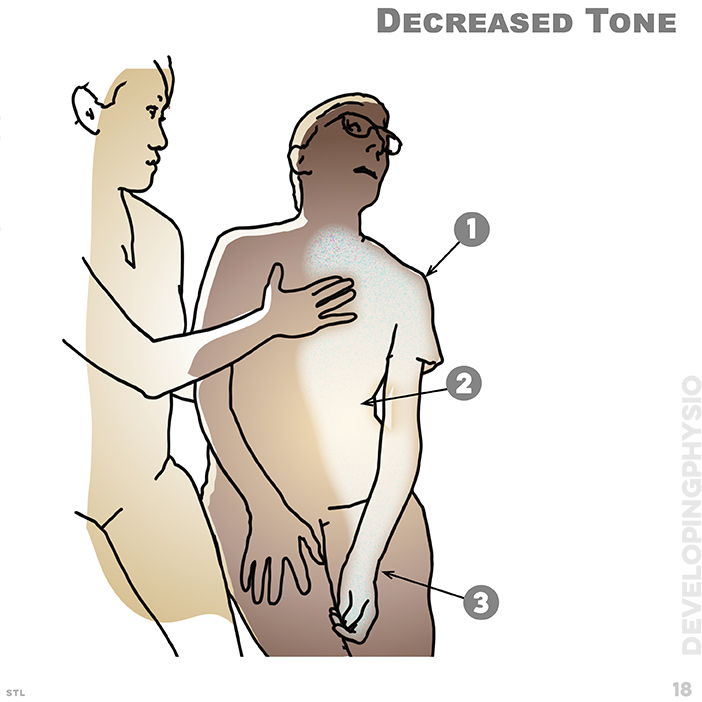
18. Decreased Tone: 1, shoulder subluxation; 2, lateral trunk flexion and avoidance of weight bearing on affected side; 3, lack of response in wrist
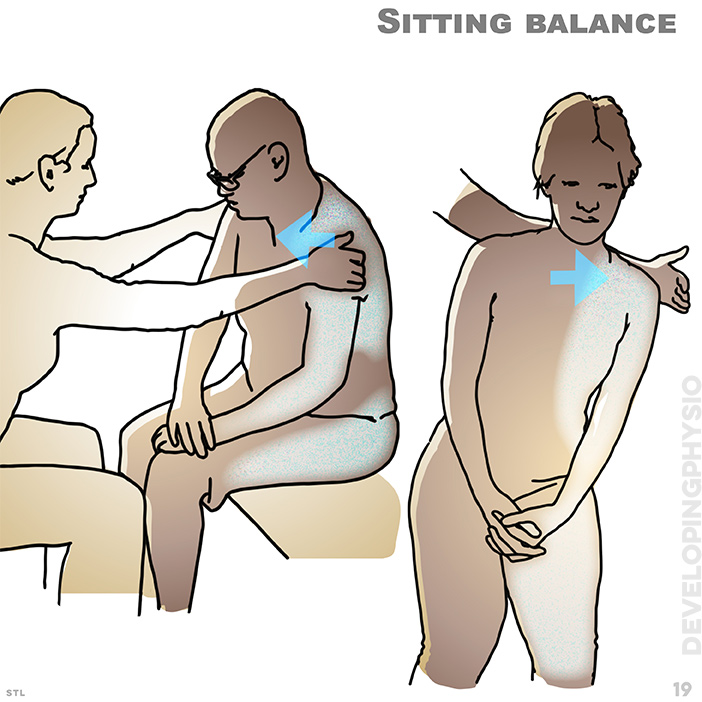
19. Sitting balance: Reduced and impaired movement
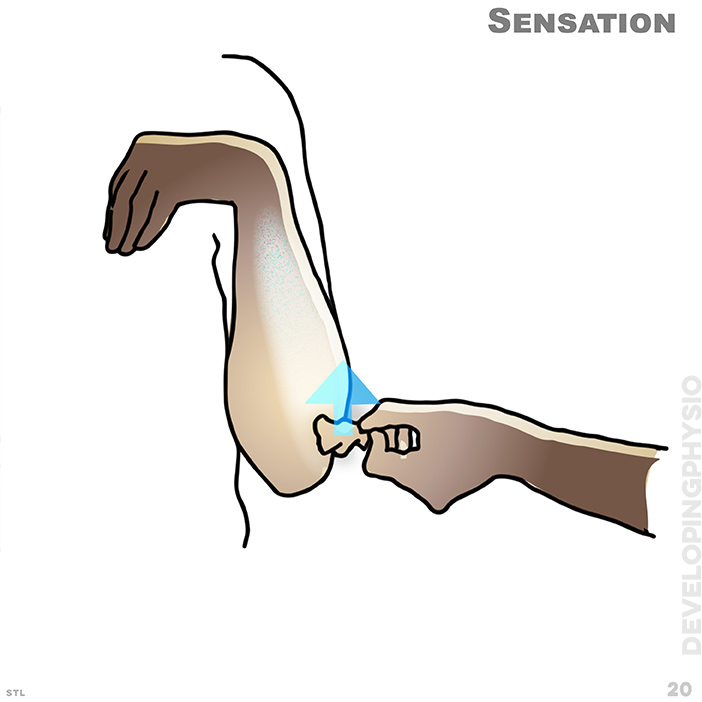
20. Sensation: reduced sense of touch, proprioception and heat/cold
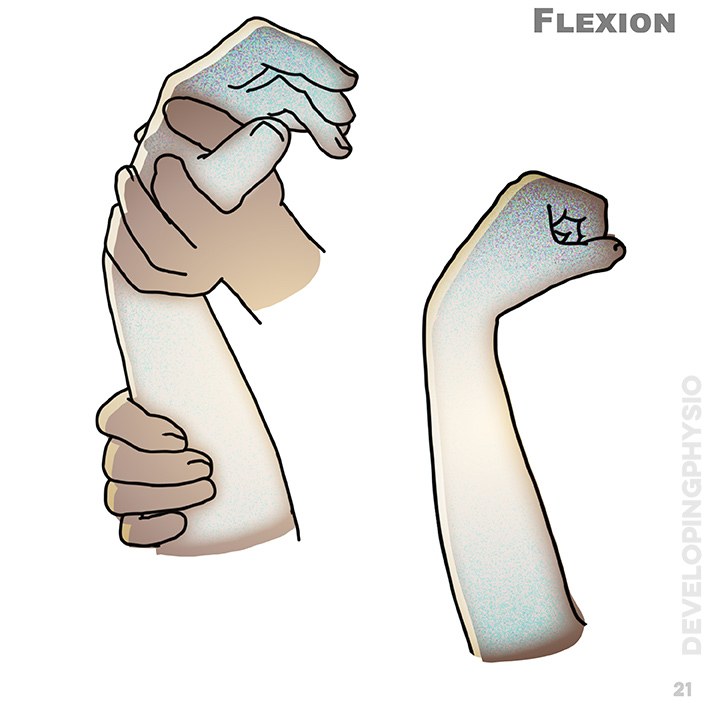
21. Flexion: contracture of hand
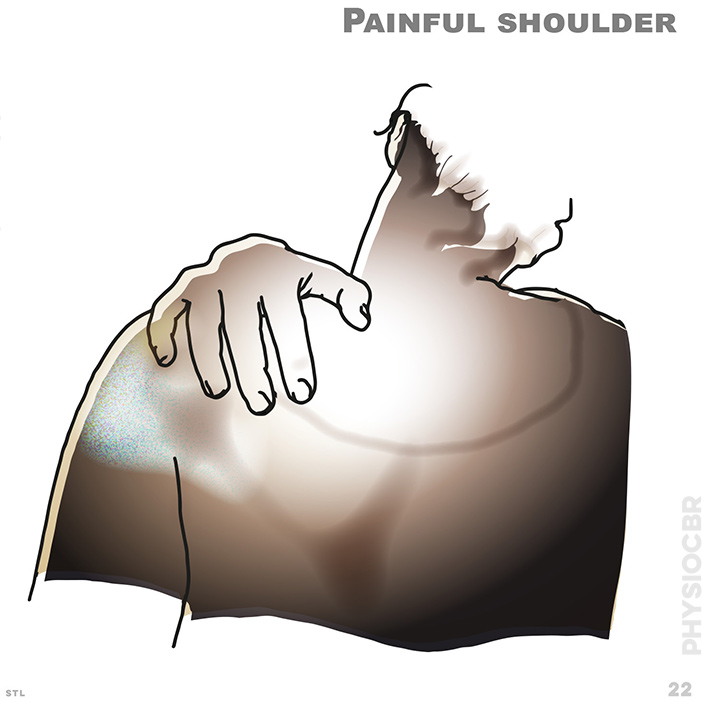
22. Painful shoulder
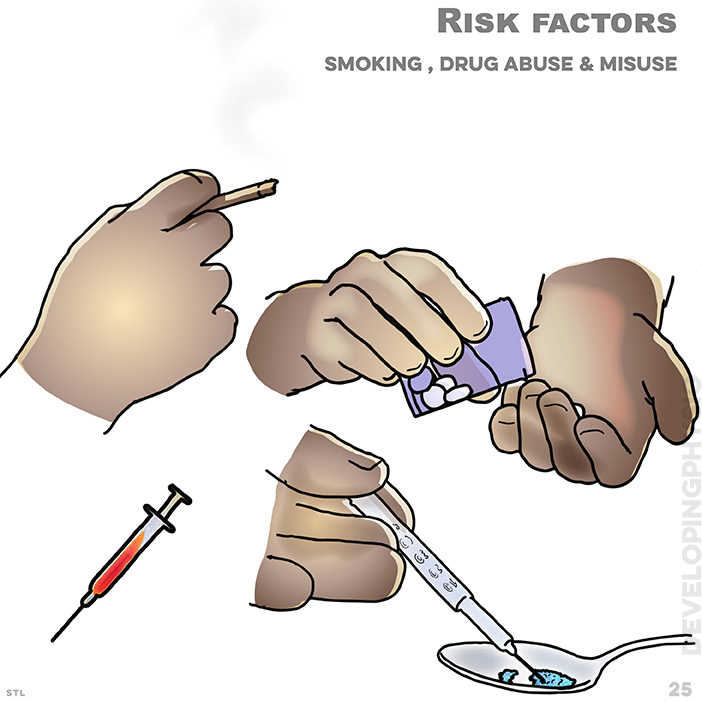
25. Risk factors: Smoking, drug abuse and misuse
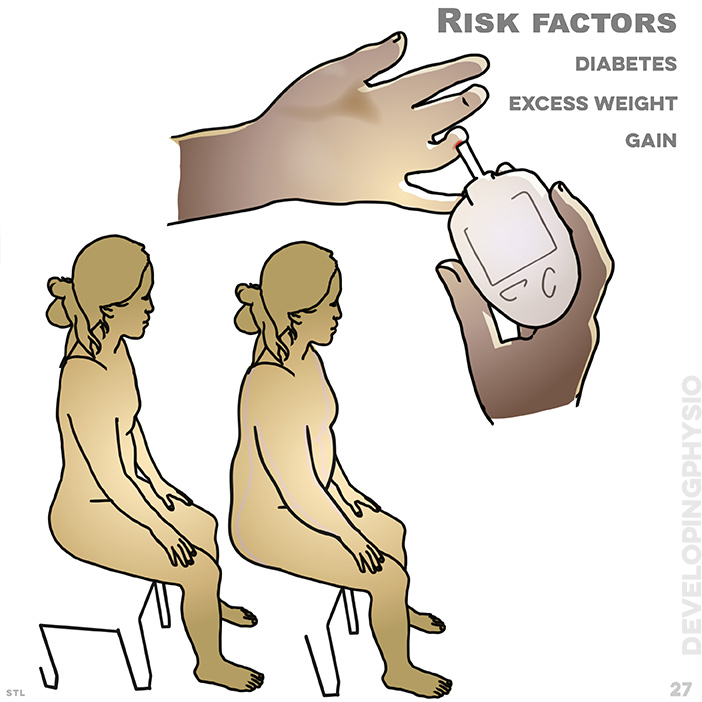
27. Risk factors: diabetes and excess weight gain, often through lack of exercise
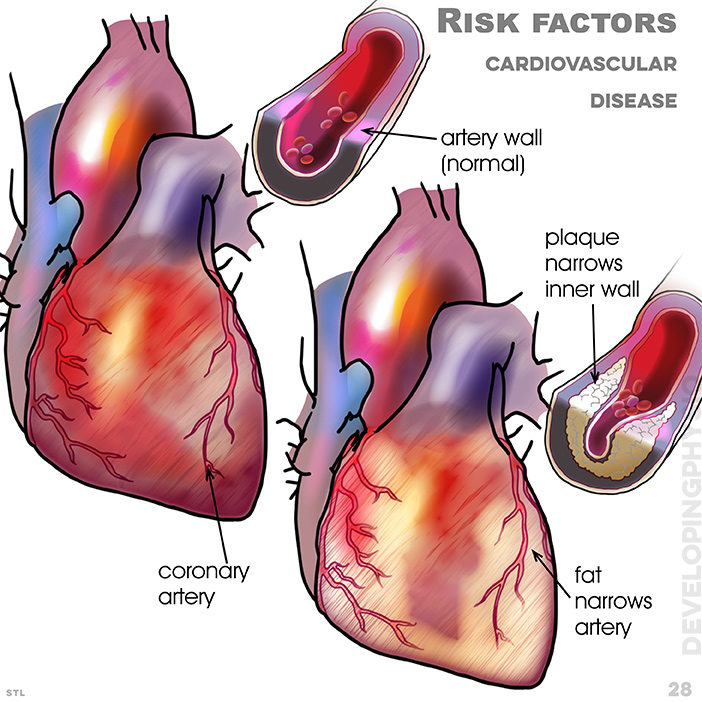
28. Risk factors: cardiovascular disease.; fat can narrow artery walls, or plaque narrow the inner wall; artery wall (normal); plaque narrows inner wall; coronary artery; fat narrows artery
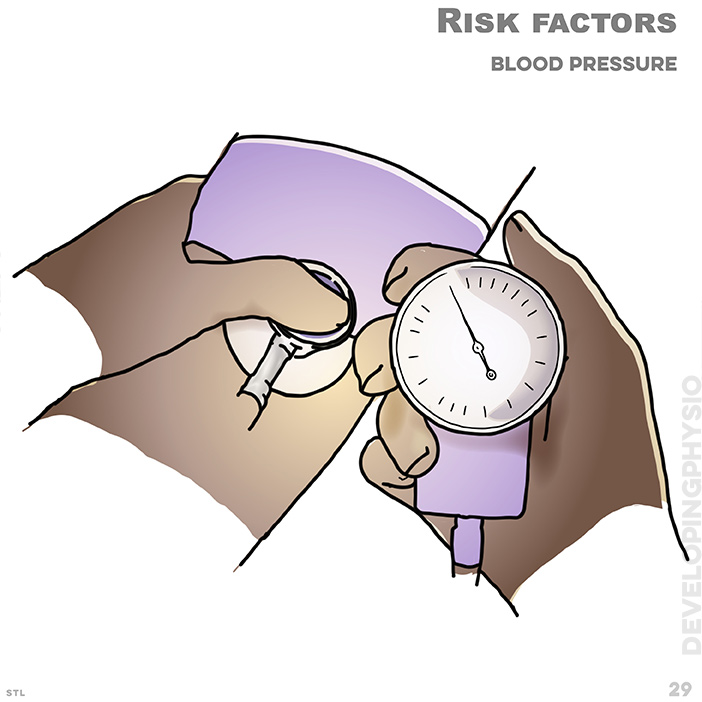
29. Risk factors: blood pressure

23. Acute symptoms of a stroke: FAST signs: F for face (fallen on one side droop to eye and mouth); A for arm (affected with weakness in arm or hand); S for speech (slurred); T for time (the trigger to contact hospital immediately!
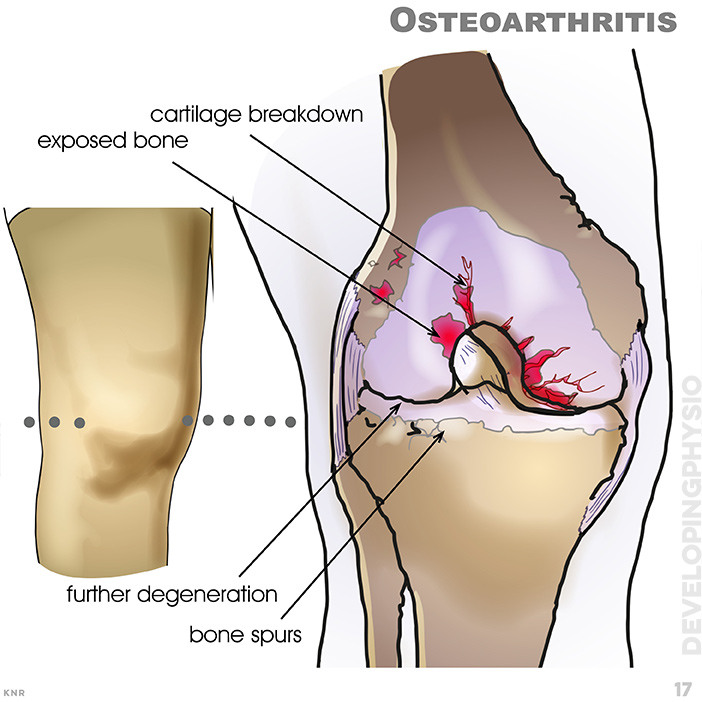
17. Osteoarthritis might provide a stiff joint movement in both directions where as a stroke with high tone results in stiffness moving in just ONE direction; cartilage breakdown, exposed bone, further degeneration, bone spurs